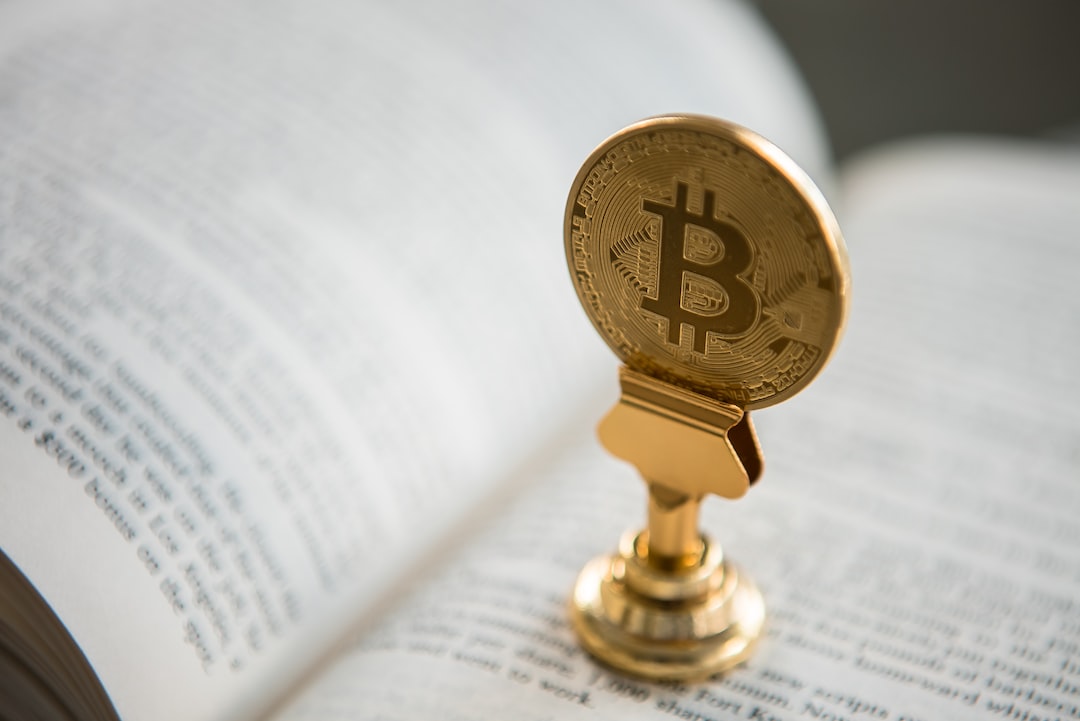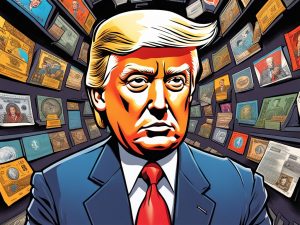Regulation of Stablecoins
Michael Barr, vice chair of the Federal Reserve for supervision, recently emphasized the need for a strong federal framework for stablecoins. Barr expressed concerns about private entities essentially creating private money and stressed the importance of regulating private money effectively.
According to Barr, stablecoins that are linked to fiat currency, such as the dollar, rely on the trust of the Fed. The central bank has intensified its focus on stablecoins and announced new guardrails in August to strengthen its supervision of banks involved in stablecoin activity.
Congressional Involvement
The House Financial Services Committee advanced a stablecoin bill over the summer to regulate these assets. However, there were disagreements over provisions that would allow state regulators to approve stablecoin issuance without Federal Reserve input. Congress is expected to revisit talks on this stablecoin bill.
Central Bank Digital Currencies (CBDCs)
Last year, the central bank published a report examining the pros and cons of a potential CBDC. Barr clarified that no decision has been made on whether the central bank would issue a retail CBDC. The Fed would only create a retail CBDC if authorized by Congress and the executive branch.
Some have suggested that retail CBDCs could complement cash but not replace it. Barr emphasized that the central bank is still in the research phase and focused on exploring various questions related to CBDCs.
Hot Take: The Importance of Federal Regulation
It is clear from Michael Barr’s statements that there is a pressing need for strong federal regulation when it comes to stablecoins and other forms of private money. The involvement of Congress in regulating stablecoins and making decisions regarding CBDCs will be crucial in shaping the future of digital currencies in the United States.





 By
By
 By
By
 By
By
 By
By
 By
By
 By
By